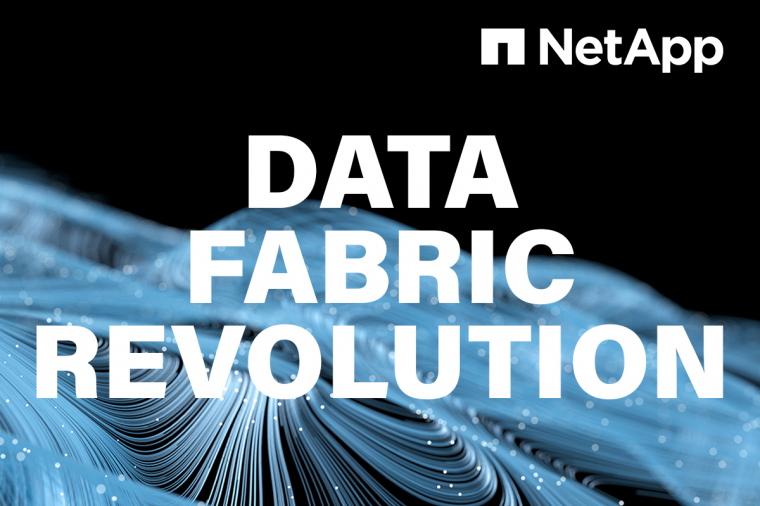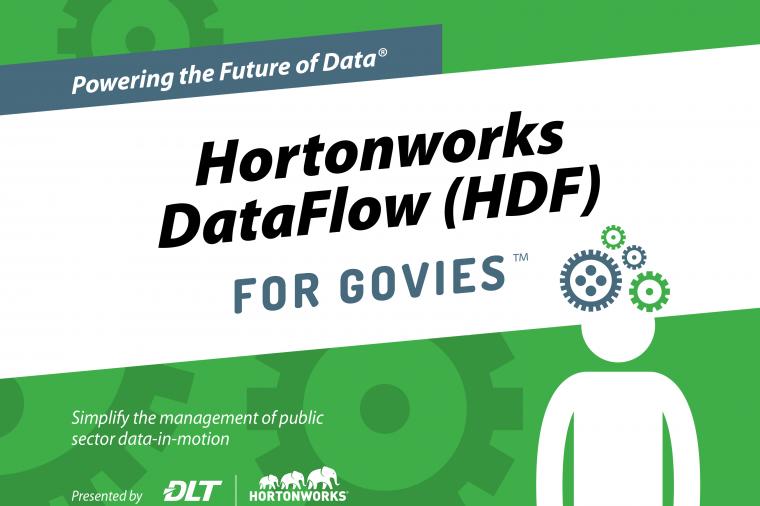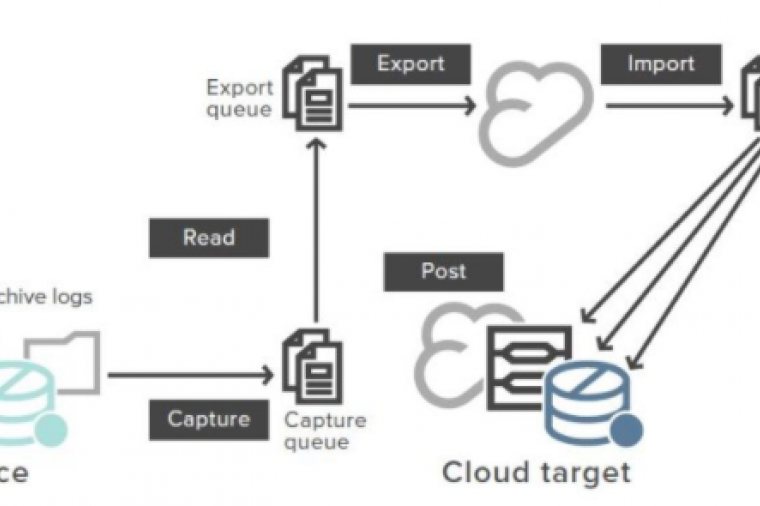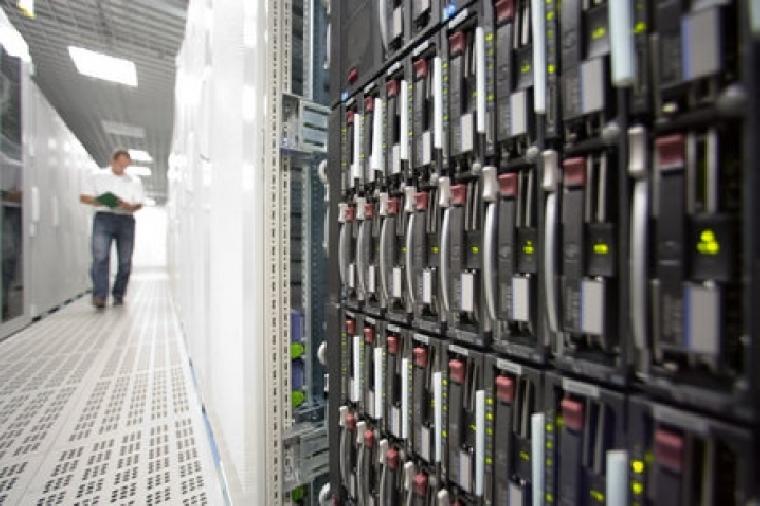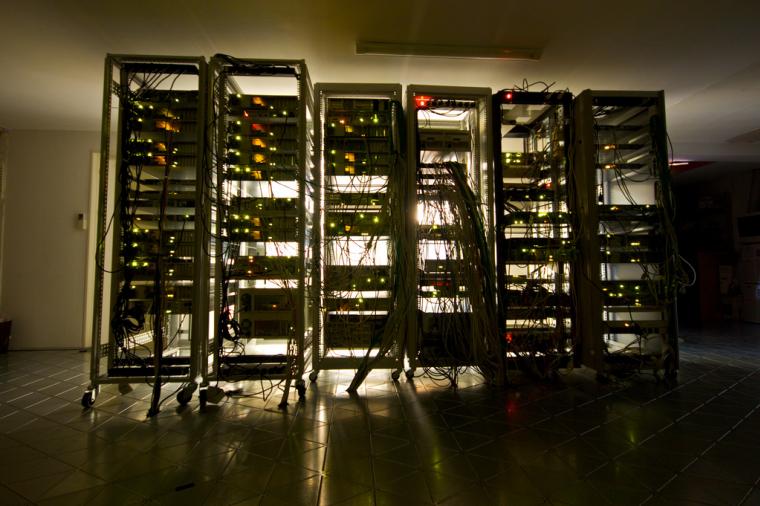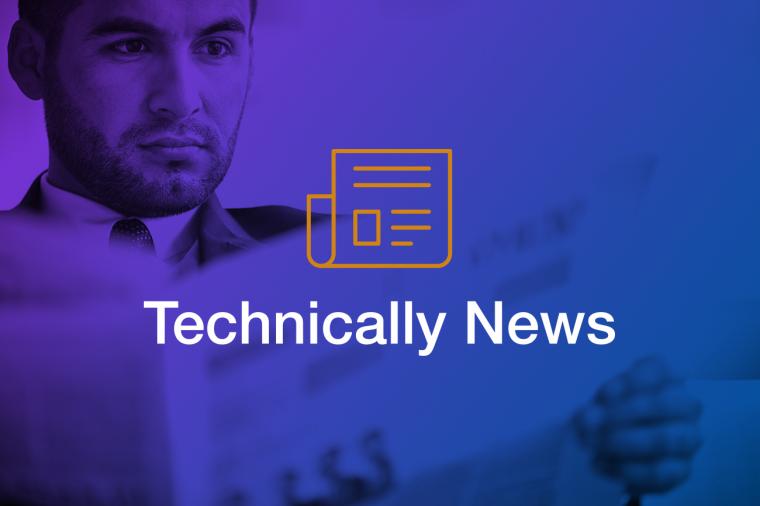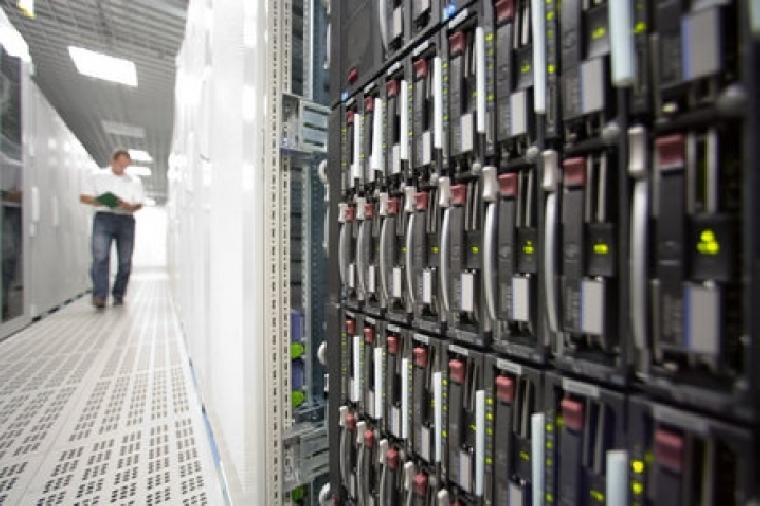As I stated in my earlier blog the combination of hardware and pre-configured software is the wave of the future and so examples such as HP & JDE and Oracle Exadata are precursors to the future.
The HP offering is easy to describe but what exactly is Exadata? In one word Exadata is a: Success. Introduced at Oracle OpenWorld in 2009 Oracle Exadata has been taking the computing world by storm. According to Oracle’s CEO Larry Ellison, “The Exadata Database machine is well on its way to being the most successful new product launch in Oracle’s 30 year history.” That is a lofty accolade coming from Larry Ellison and so far the Exadata machine has met those ringing endorsements.
So what exactly is the Sun/Oracle database machine aka Exadata? Oracle believes that Exadata delivers the first and only complete grid architecture for all data management needs. Oracle has always promoted Grid as the architecture of the future and Grid has consistently provided the highest performance, lowest cost, redundancy, and the ability to scale incrementally over time as need dictates.
The flexibility of RAC is the impetus behind Exadata. The premise being that Oracle wanted to combine the best benefits of RAC in one completely integrated and scalable platform. Oracle believes that by combining the software and hardware components in a pre-configured format, Exadata could eliminate the configuration issues that plague many organizations and eliminate the need for multiple database server and storage server solutions while eliminating the I/O bottleneck and increasing storage and speed to unprecedented levels.
The basic configuration of the Exadata Database Machine is the following:
1.) Oracle Exadata Storage Server Hardware
• 4 basic configurations depending on need: Basic System, Quarter rack, Half rack, or Full rack(s)
• SAS or SATA disk drives
2.) Oracle Exadata Storage Server Software
• Metric: Disk Drive
• Includes Hybrid Columnar Compression
3.) Oracle Database Enterprise Edition & Options
• Requires: Oracle Database 11gR2
• Requires: Real Application Clusters (RAC)
• Requires: Partitioning Option
• Can apply currently owned DB & Options licenses
What does all of this mean for the consumer? It means that Exadata users can expect benefits and gains in four key areas: Business Intelligence (OLAP), Batch Processing, Data Center Consolidation, and Transactional System (OLTP).
Business Intelligence/Data warehousing (OLAP)
• Query huge volumes of data at speeds you never thought possible
• Return results up to 20 times faster, enabling better business decisions
• Simplify and reduce data warehousing cost by up to 70%
• Already configured for Oracle Business Intelligence Enterprise Edition
Batch Processing
• Deliver greater storage performance improvement and cost savings through compression
• Greatly increase bulk load times increasing the freshness of data
Data Center Consolidation
• Improve the performance and scalability of systems by an order of magnitude
• Reduce your DBA efforts by up to 50% by eliminating the need for manual storage administration, simplify server administration and automate most routine DBA tasks
• Consider Enterprise Manager Performance Packs to further manage data center functions through one central control panel
Transactional Systems (OLTP)
• Scale to millions of transactions per minute
To do a fair comparison and highlight the power and value of the Exadata Database Machine when benchmarked against IBM’s fastest machine (DS8300 Turbo) the Oracle Exadata Database machine was 4 times faster at the same cost; or put another way the IBM machine was 4 times more expensive than Oracle Exadata for OLTP.
To conclude I believe that Grant Salmon, CEO LGR Telecommunications, sums up Exadata’s impact on the computing environment when he states: “When it comes to speed, Oracle Exadata technology has changed the game completely…” And I believe that Grant may be correct as other vendors follow suit.




